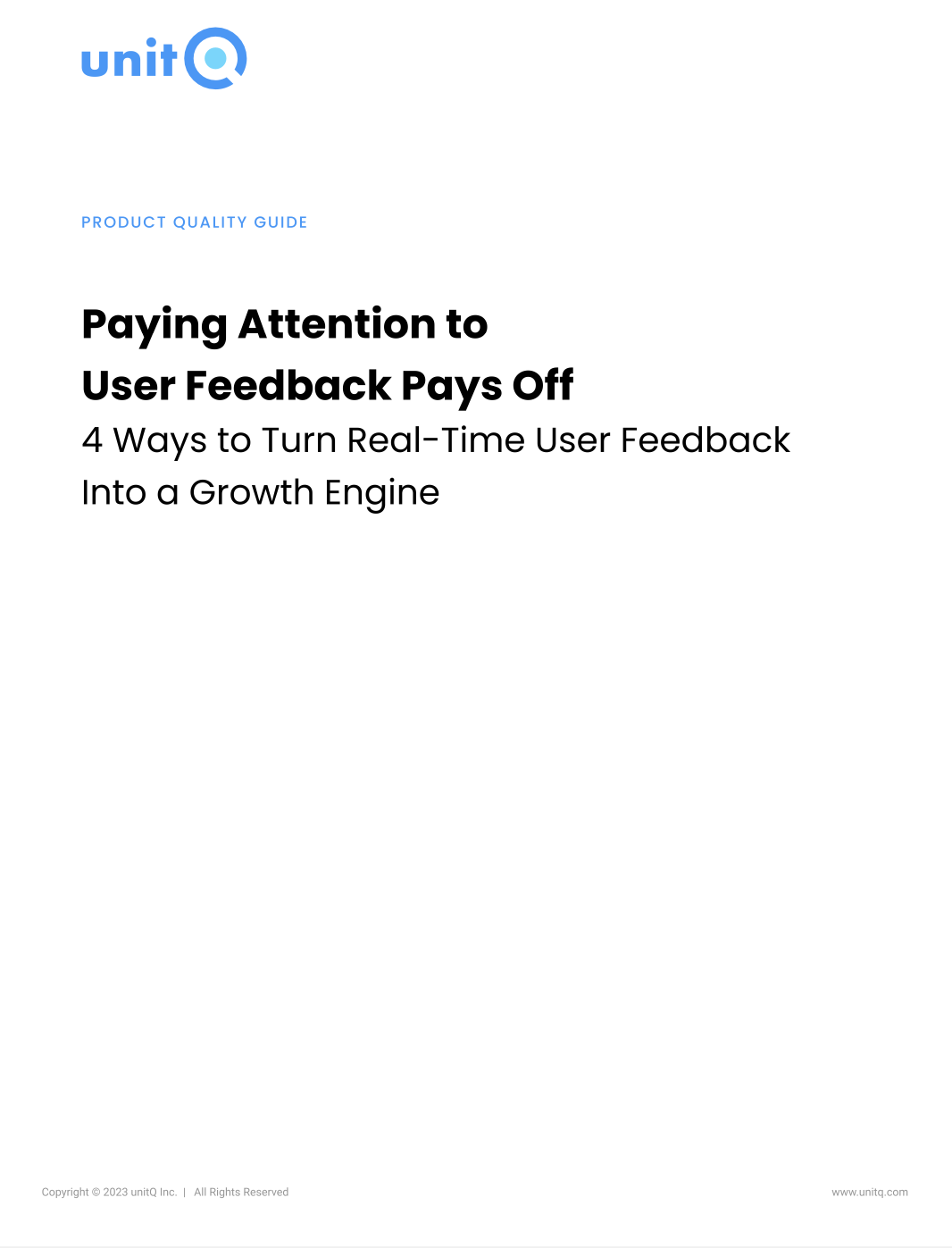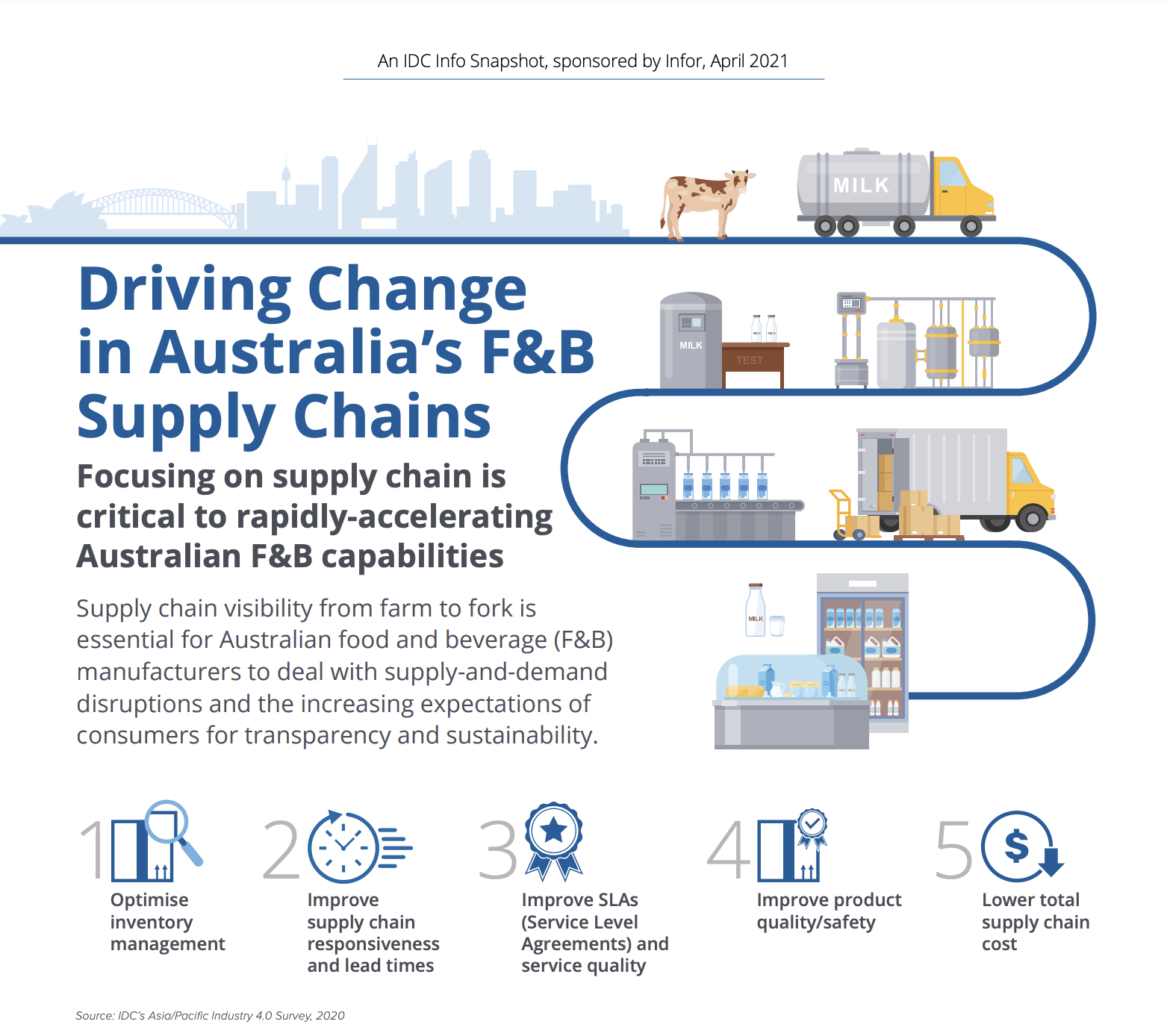

Metrics that Matter Your Guide to Defining Bug Bounty Program Goals
The guide underscores the significance of setting clear goals and metrics for bug bounty programs in the cybersecurity sector. It recommends tracking seven key metrics, including monthly submissions, valid findings, awards, program existence, tester coverage, and added targets, to ensure program effectiveness and success.
Guide Business Metrics





